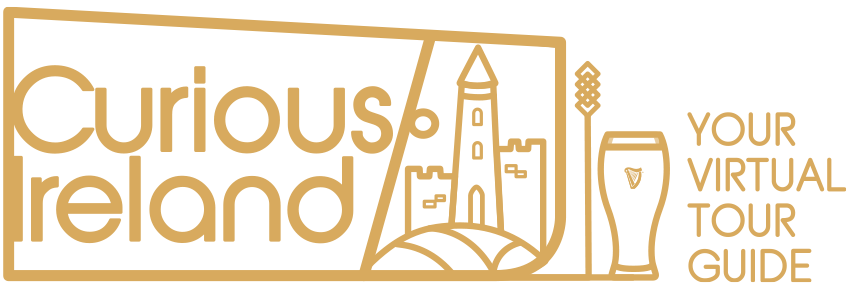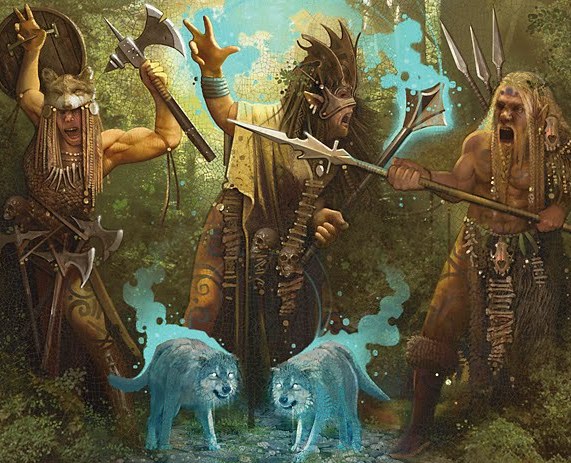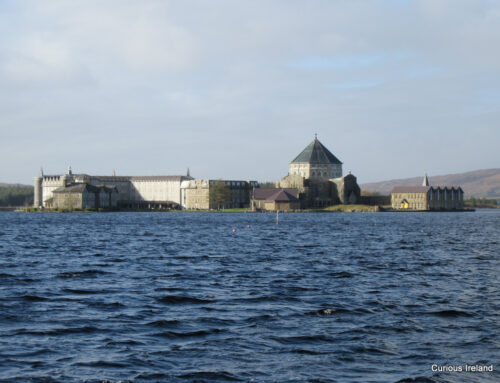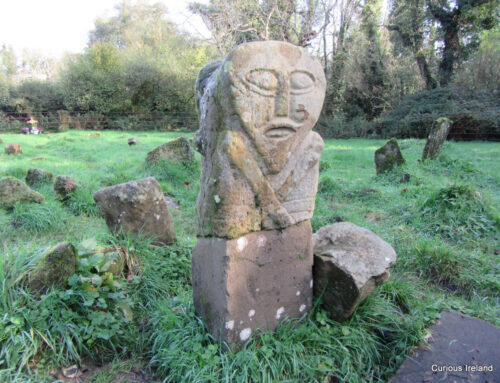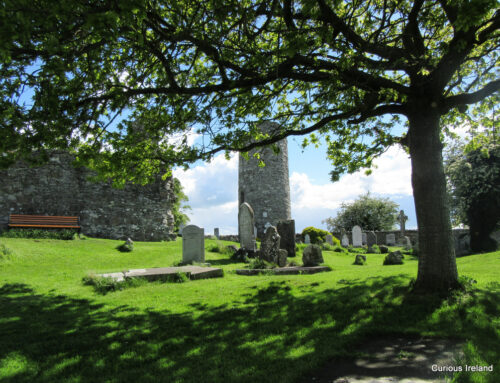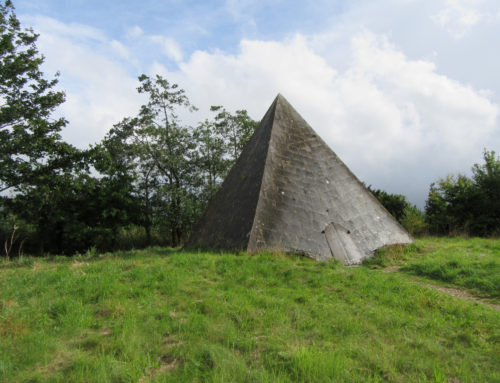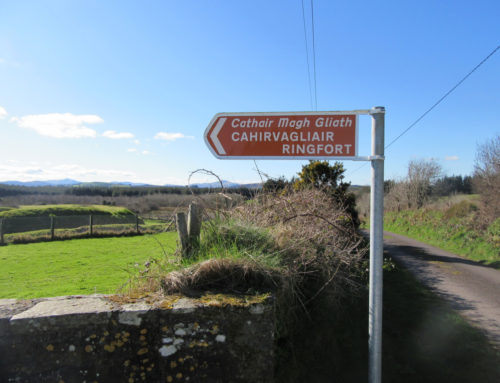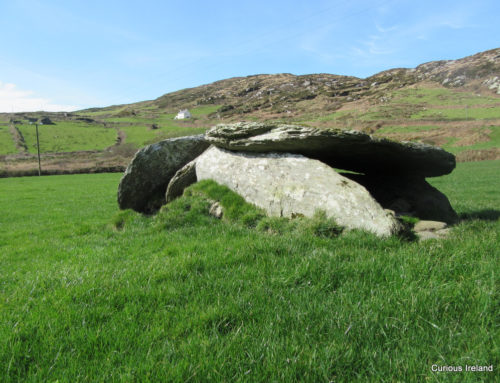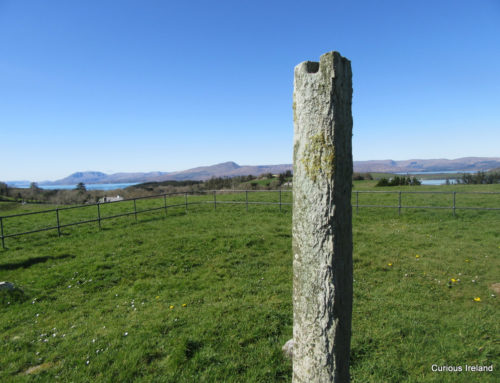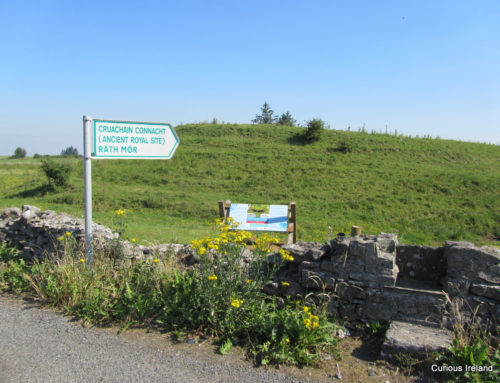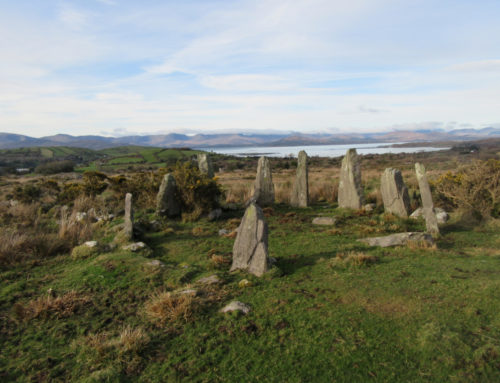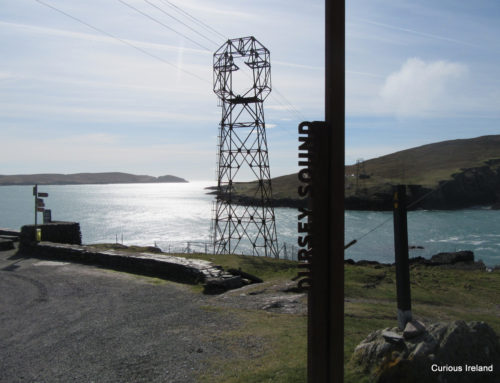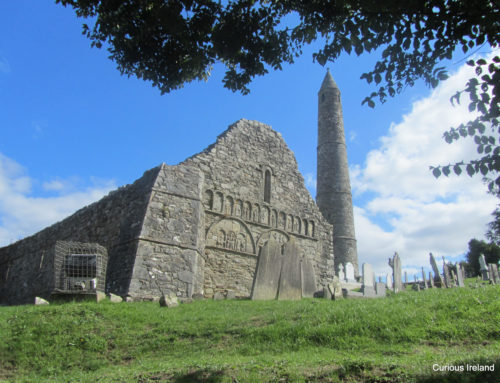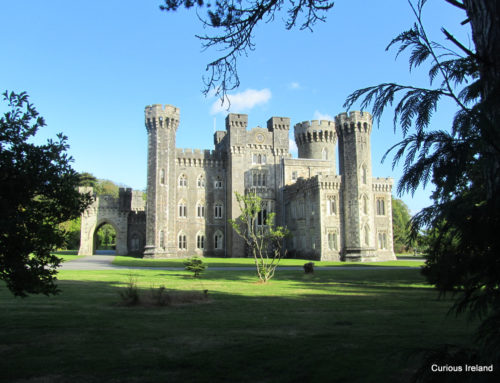In ancient times, the Fir Bolg were the rulers of Ireland before the arrival of the Tuatha Dé Danann. The origin of the Fir Bolg name is, as usual, the subject of some dispute but may mean the ‘men of the goddess Bolg’ or the ‘bag’ or ‘belly men’. It is interesting to note that the interior of many of the great megalithic passage tombs may have been designed to resemble a womb (or the belly) where the shaft of light touches the cremated bones of ancestors to continue the cycle of life. Legend has it that the Firbolg were enslaved by the Greeks for 3 hundred years and they eventually escaped by stealing some ships and set sail for Ireland. The leaders of the escape were five brothers, Slainge, Rudraige, Genann, Gann, and Sengann. The 5000-strong tribe headed to the west coast of Ireland but were soon scattered by the rough seas and had to land at different bays. They reformed at the Hill of Tara where the country was divided into 5 Provinces. These boundaries substantially survived into modern times and became four Provinces, with two of the original five being merged. Another strong theory is that the Fir Bolg were synonymous with the people known to Julius Caesar by the Latin name “Belgae” i.e. the men of Belgium who would not submit to Roman rule and fled to Britain and Ireland. They were the first people to bring political structures and bronze-age technology to Ireland. They were later recorded as being ejected from Ireland by the even more technically superior Tuatha de Dannan but returned under a King named Aengus. The Fir Bolg were given, as a place of settlement, the Aran Islands and the surrounding coastline. The largest island, Inishmore, still has the remains of the incredible ancient fortress called Dún Aengus. The Fir Bolg continued to live in the west of Ireland and, together with the Tuatha de Danaan and the Milesians, are regarded as one of the great Celtic tribes of Ireland.
